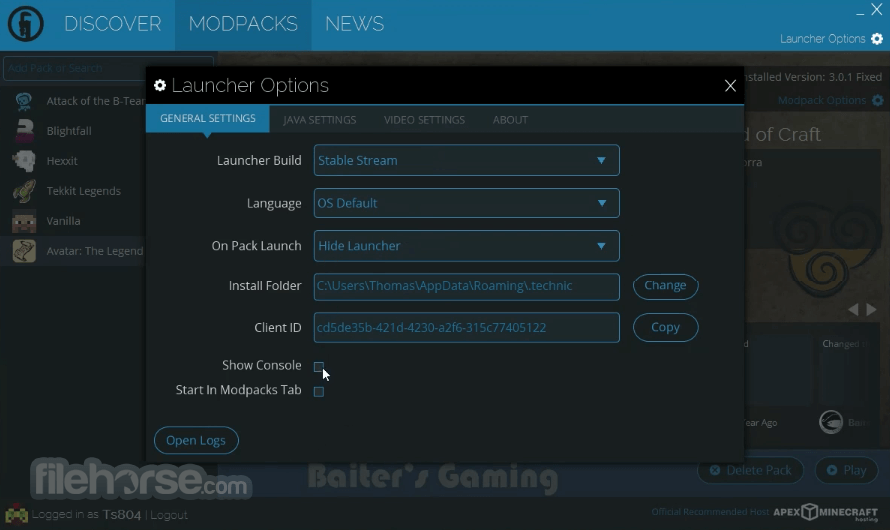


Take the finished modpack.jar and place it in the ‘bin’ directory of your custom modpack Name the archive as modpack.jar in the ZIP format Select all extracted files that are instructed to go into minecraft.jarĪdd these files to an archive using the program of your preference Below is a demonstration on the steps used with WinRAR.

Any archive program can be used to do this as long as the extensions saved as are. A Jar is simply a zip archive recognized by java, so creation of the jar is as simple as renaming a zip as jar. As you should never redistribute minecraft as per the Terms of Use, you will instead place all of these files inside a 'modpack.jar' you create yourself. The only exception to this is if a mod has files that need to be placed inside minecraft.jar. Mods go in a 'mods' folder, and any config files you've created go in the 'configs' folder. If a mod is listed as a core mod, create and place it in a 'coremod' folder. The general rule is to install the mod in this area exactly how the mod author describes on their site. Depending on the contents of your pack this portion can vary based on the mods used. Next, set aside a place specifically for building the pack. Make sure to remember exactly where you downloaded these files to, you'll need them for the next step. For this example we will be using Buildcraft by SirSengir/Krapht, Dimensional Doors by StevenRS11, Thermal Expansion by King Lemming/Team CoFH, Modular Powersuits by MachineMuse, and Minefactory Reloaded/PowerConverters/NetherOres/Flatbedrock by Power Crystals.įirst we download the mods and any dependencies (such as Minecraft Forge) from the authors websites.

Obviously, the first step is to decide which mods we want to use in our pack. If you're new to the modding scene there's nothing to worry about as this guide is meant to explain the process to users and modders of all skill levels. For anyone who has installed mods in the past, creating a pack for the Technic Platform takes only a few minutes.


 0 kommentar(er)
0 kommentar(er)
